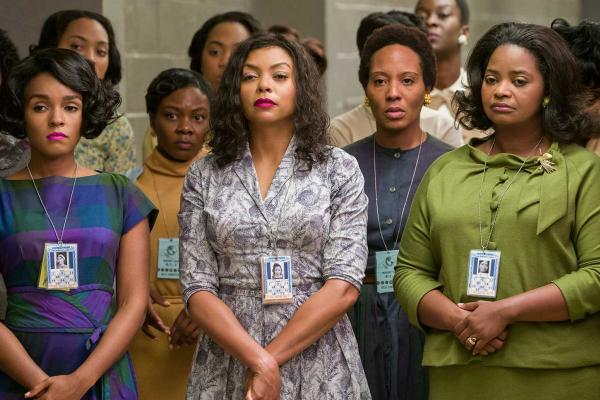Feb 22, 2017
“Here at NASA, we all pee the same color,” says Harrison.
But this scene never happened. Harrison never took a crowbar to a “Colored Ladies Room” sign. He never solved Johnson’s dilemma of having limited accessibility to a legal bathroom. Harrison’s action is a fabrication framed as history, one that could easily be recognized as an insidious white savior narrative created and advanced by the white people who made the film.
Read the Full Article

Already a subscriber? Login
